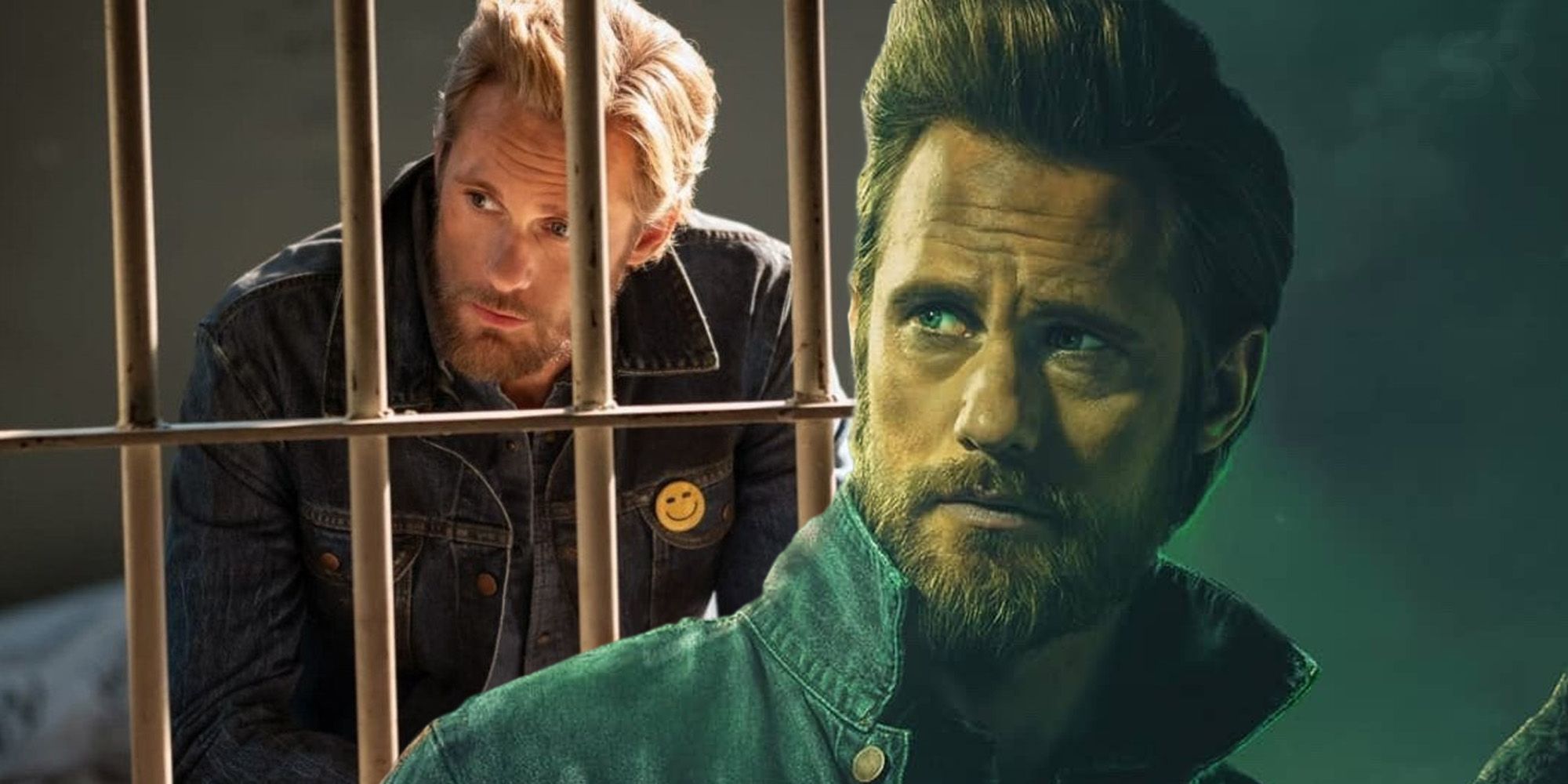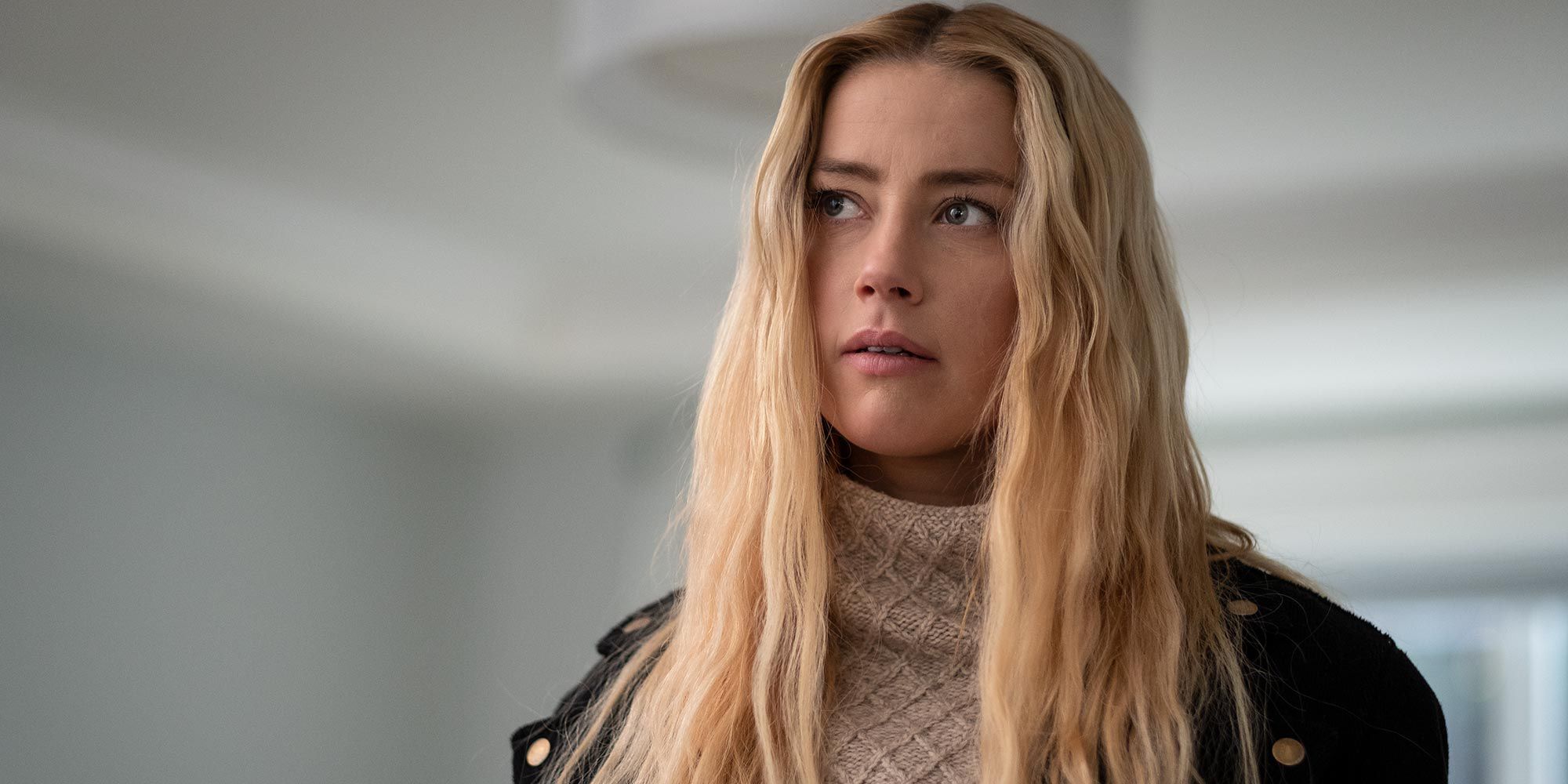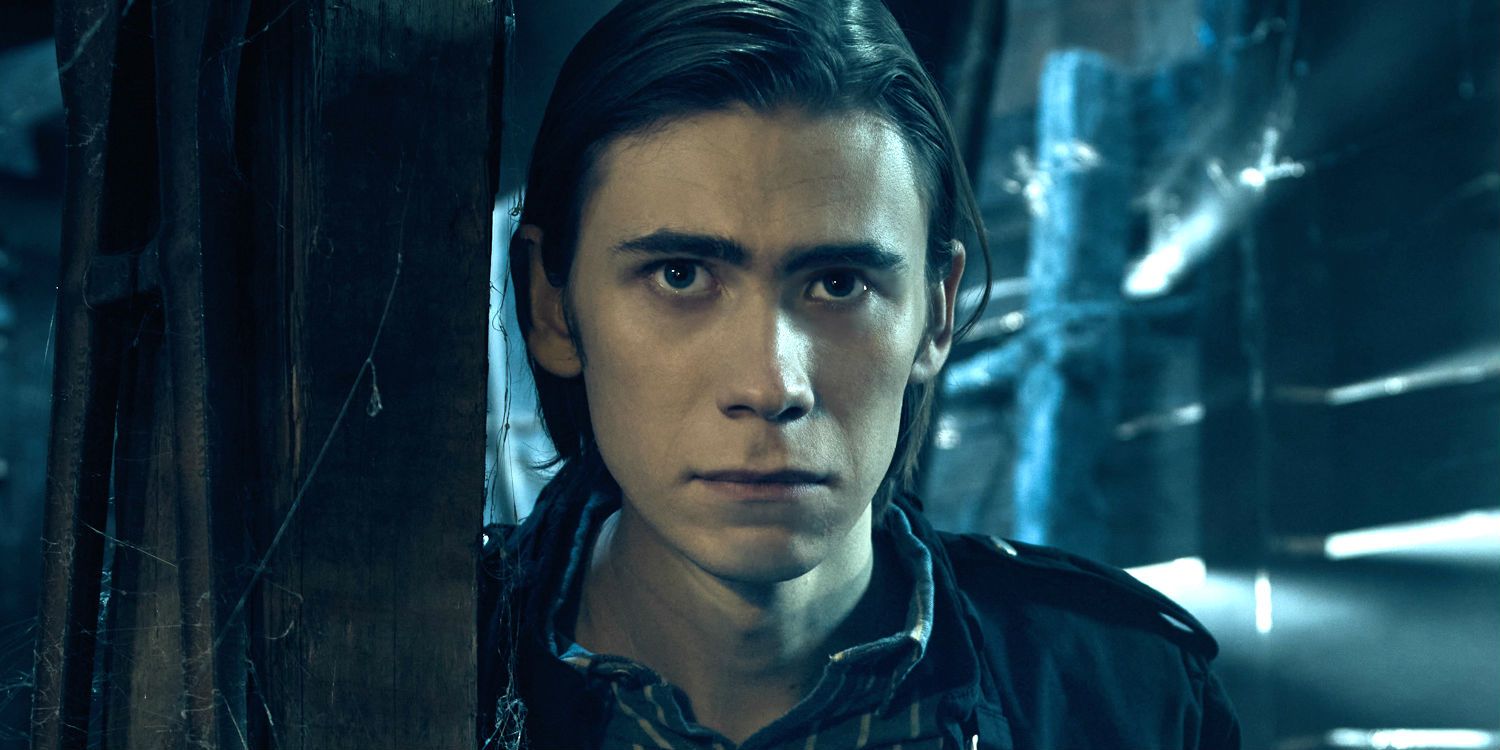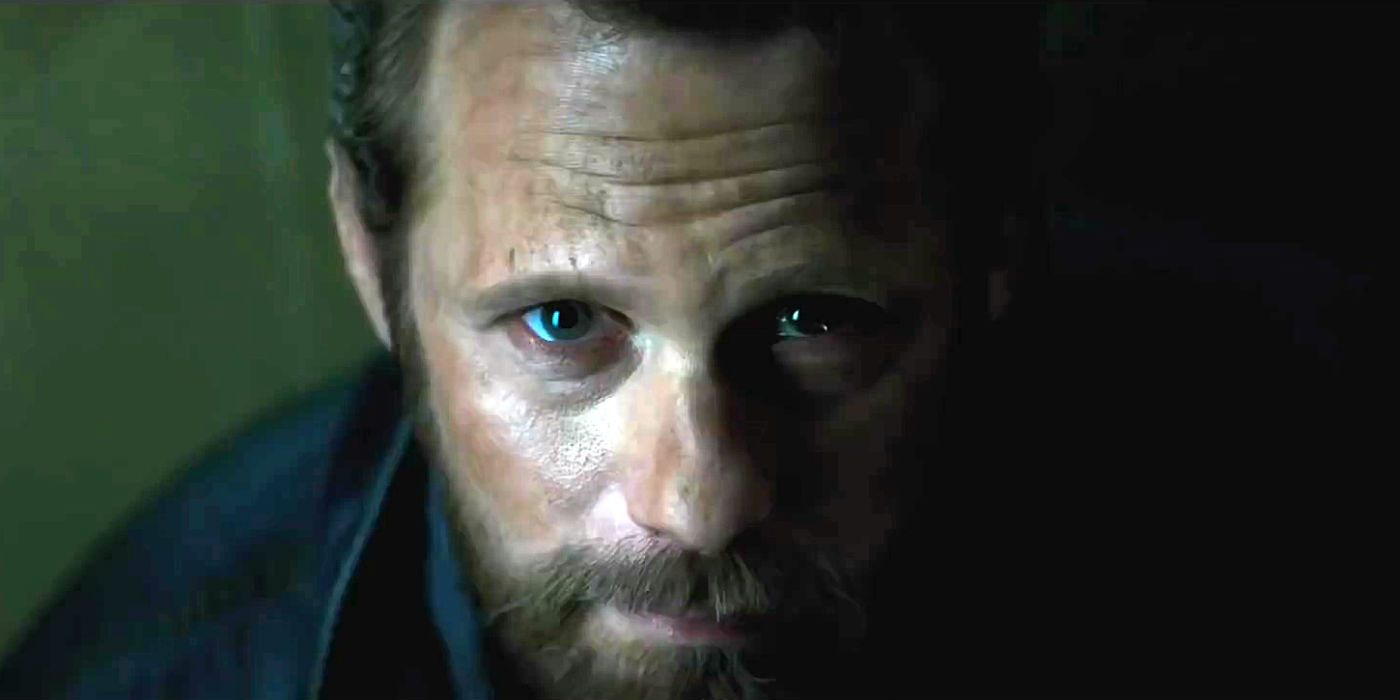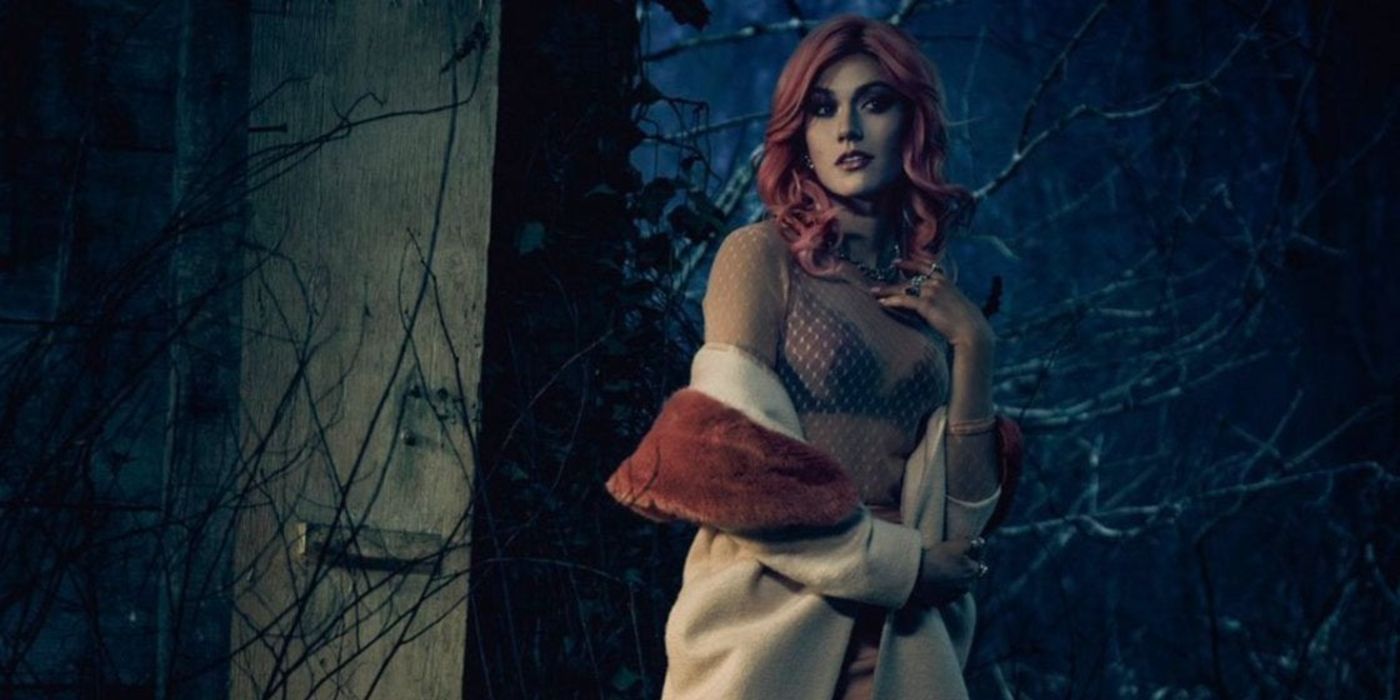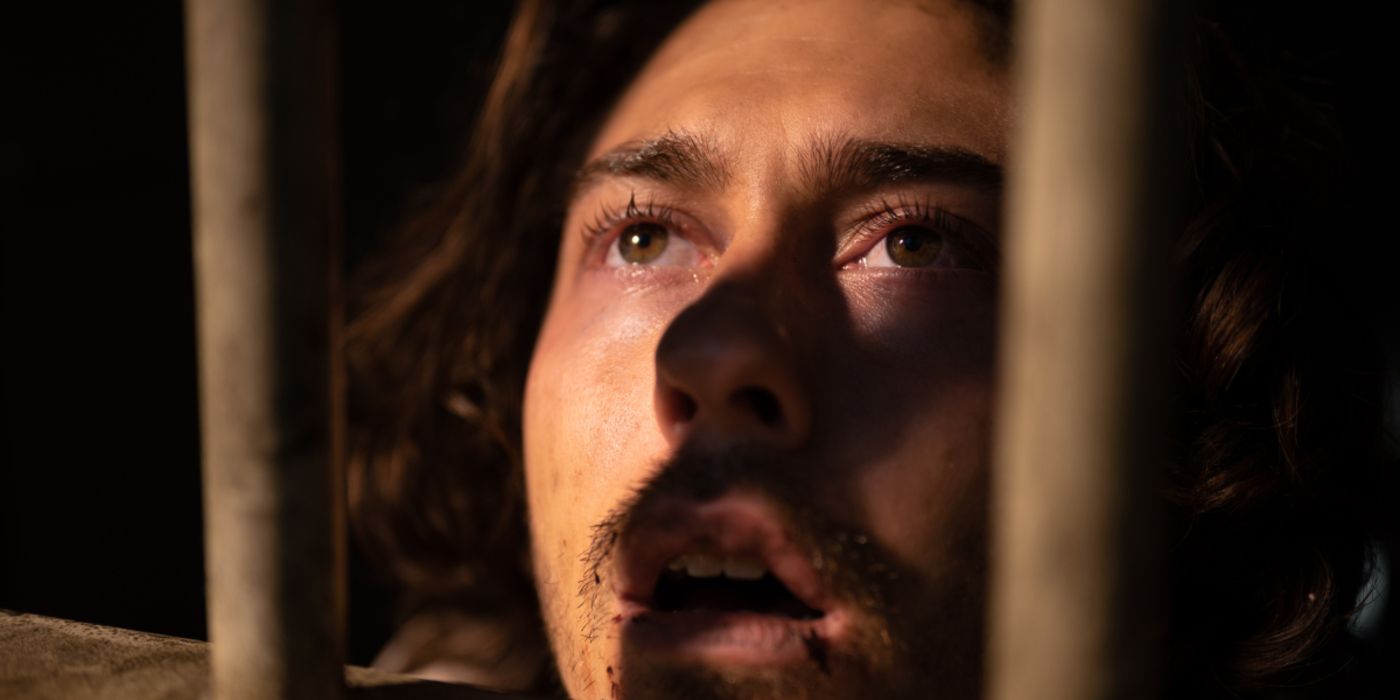2020’s adaptation of Stephen King’s The Stand managed to ruin all of the novel’s villains, missing the point of every major antagonist in turn. Horror icon Stephen King is having something of a moment right now. Throughout the last few years, big-budget adaptations of his extensive back catalog have appeared on both the big and small screens regularly.
However, the sheer volume of Stephen King adaptations arriving on screens everywhere does not bring with it a guarantee of quality. For every Lisey’s Story - which proved King should adapt more of his writing - there is a critical failure like 2020’s remake of The Stand. An expensive miniseries from New Mutants director Josh Boone, The Stand was met with largely negative reviews in late 2020. In fairness to the miniseries, The Stand did come out at an unfortunate time.
Based on the King novel of the same name from 1978, The Stand tells the epic tale of two groups of survivors - one good and one evil - who attempt to rebuild society at the behest of their charismatic leaders before facing off in a bloody battle. In both the novel and the miniseries, civilization has fallen apart due to a global pandemic, meaning one of the first major problems The Stand's 2020 remake faced was addressing comparisons between the fictional Captain Tripps and the COVID-19 health crisis. Fortunately for the creators, Captain Tripps was inventively gory enough to look nothing like the real-life pandemic, meaning the ill timing could have been worse. Unfortunately, the bigger issue faced by the series was its profound misunderstanding of its key villains.
Nadine Cross
In the original novel and the 1994 miniseries, Nadine’s initial innocence and naïveté are played up and it is eventually clear (by the Las Vegas scenes, at least) she is siding with Flagg out of cowardice, afraid of what will happen if she defects. In the 2020 miniseries version of The Stand, Nadine is unequivocally evil and a cold-blooded femme fatale who never shows any fear or regret over her actions. Not only does this make the character less involving and sympathetic, but the one-dimensional approach also means Nadine’s ability to charm heroic characters makes these trusting figures look like guileless rubes. Not only that, but being so cartoonishly evil for almost the entire runtime of the series makes her eventual face turn in Vegas hard to justify - why would she double-cross Randall having just helped him kill Harold? It’s an inscrutable twist for Nadine to suddenly abandon Randall when she was taunting her imprisoned former friends just one scene earlier, and a bizarrely out-of-character decision that could have been a redemptive moment for the secondary villain.
Harold
Owen Teague’s weedy, sickly-sweet iteration of The Stand’s Harold is an effective reinvention of the character compared to Corin Nemec’s boy-next-door 1994 version. The actor has strong instincts and manages to make the creepy figure into a believable, sympathetic but still deeply unappealing character where his earlier screen iteration was more one-dimensional. However, all the Tom Cruise-imitating false charm in the world can’t make up for the show’s out-of-order storytelling. Thanks to its bizarre anachronic order, The Stand reveals Harold’s hand early on, meaning viewers know from the first episode he is a major villain rather than seeing him deteriorate over time. The contrast between Teague’s earlier unapologetically villainous turn as a small-town bully in Stephen King’s It and his comparatively complex Harold performance proves the actor could have made Harold’s seduction into the dark side tragic if it weren’t revealed from the start. Not only that, but the series also cut Harold’s already minor moment of redemption. With him not taking responsibility for the bombing but instead blaming Flagg and Nadine while he lies dying, the character loses his complexity.
Randall Flagg
The worst of the bunch, The Stand’s primary villain Randall Flagg goes from being a dictatorial zealot who rules with an iron fist to a bored mayor of Las Vegas who uses his power to settle petty scores and achieve little else. Alexander Skarsgard is typically solid, but changing the character from a despot into Randall Flagg: Las Vegas lounge lizard renders him less scary and his nefarious plan harmless. To make matters worse, the 2020 rendition of The Stand seems to unintentionally agree with Flagg’s original novel worldview by depicting his Vegas as a madhouse of debauchery and decadence. In the book, Flagg crucifies civilians for the comparatively harmless crime of indulging in drugs as he believes order can only be maintained through bloodshed. In the 2020 miniseries, Flagg doesn’t maintain any order, and his Las Vegas is depicted as an amoral perpetual party, meaning the series seems to suggest Randall was right about public crucifixions being necessary to keep his minions in line.
Julie Lawry
Another unfortunate victim of the new The Stand’s many revisions, minor villain Julie Lawry becomes a vapid wannabe influencer who spends her time taking selfies along with almost killing Tom and Glen. It’s a patronizing parody of Generation Z culture and one that once again underlines the problem with Flagg’s Vegas being depicted as a party, where the novel and original miniseries depict an authoritarian open-air prison. By depicting Lawry’s self-obsession as a dangerous and even outright homicidal flaw, The Stand seems to be suggesting that selfies, outre outfits, and being a social media addict are the type of characteristics that would let a character excel in a lawless wasteland. Thus Lawry becomes a played-out take on stereotypes of young people and, alongside Ezra Miller’s Trashcan Man, another villain whose potential untreated mental illness is depicted as a personal failing that aligns them to Flagg's literal demon.
Lloyd
Nat Wolff’s nervy Llloyd is a far cry from Miguel Ferrer’s 1994 version, who was King’s favorite character from director Mick Garris' miniseries. Lloyd is surprisingly sympathetic, but not enough so to be tragic - he’s a remorseless murderer whose cowardice is his most (and arguably only) compelling trait. However, Wolff’s version is missing Ferrer’s intensity and threat level, meaning he’s just a coward without any of the character’s necessary edge. As a result, his death is less brutal and more of a relief, as this goofy take proves to be another Stephen King villain that The Stand failed.

